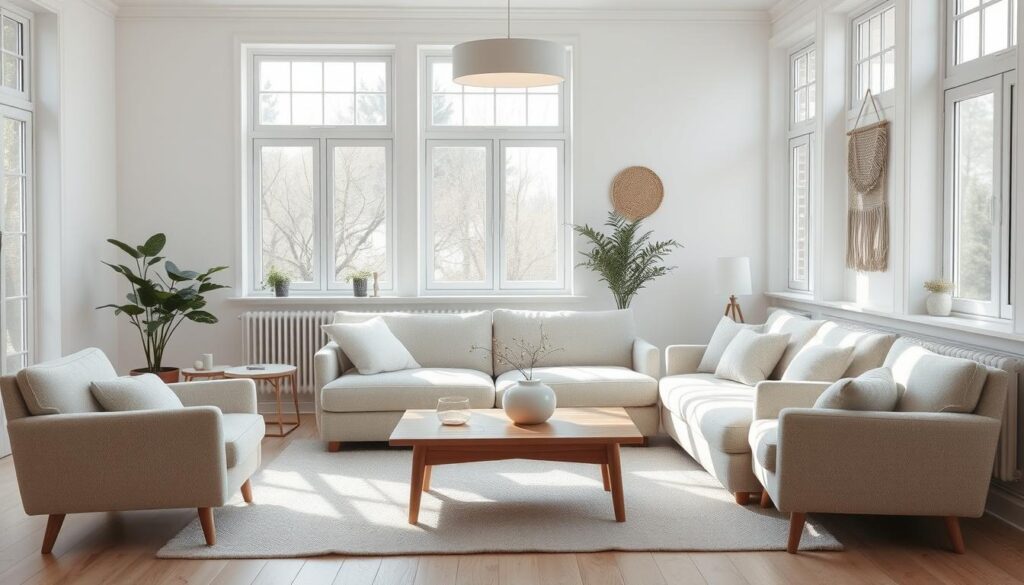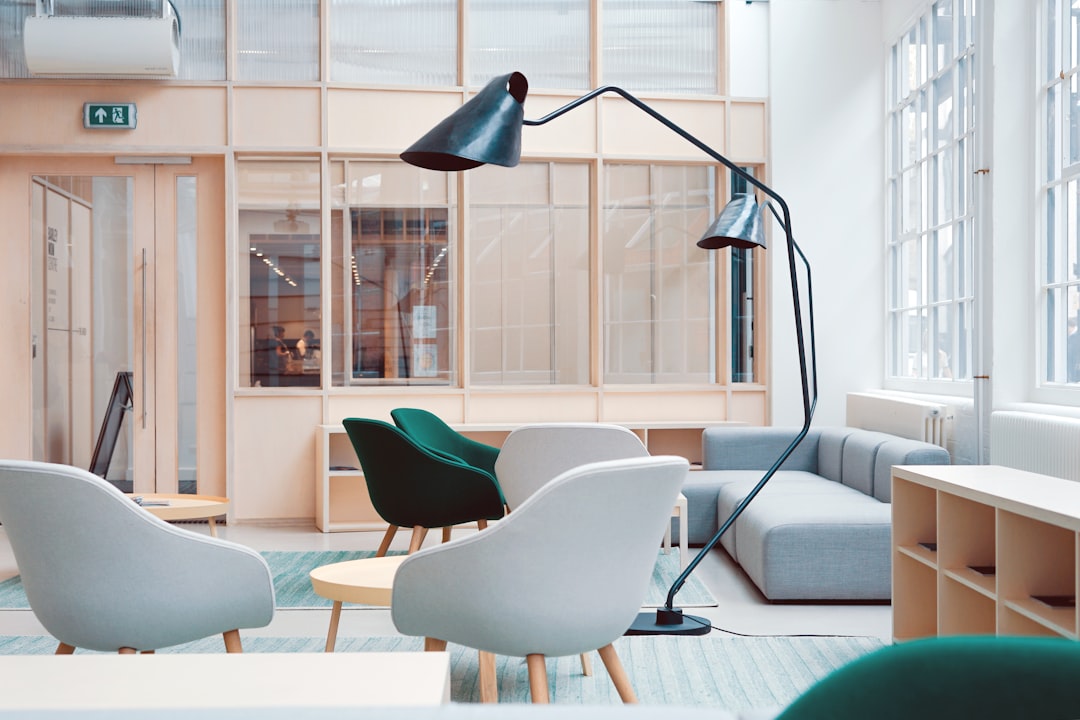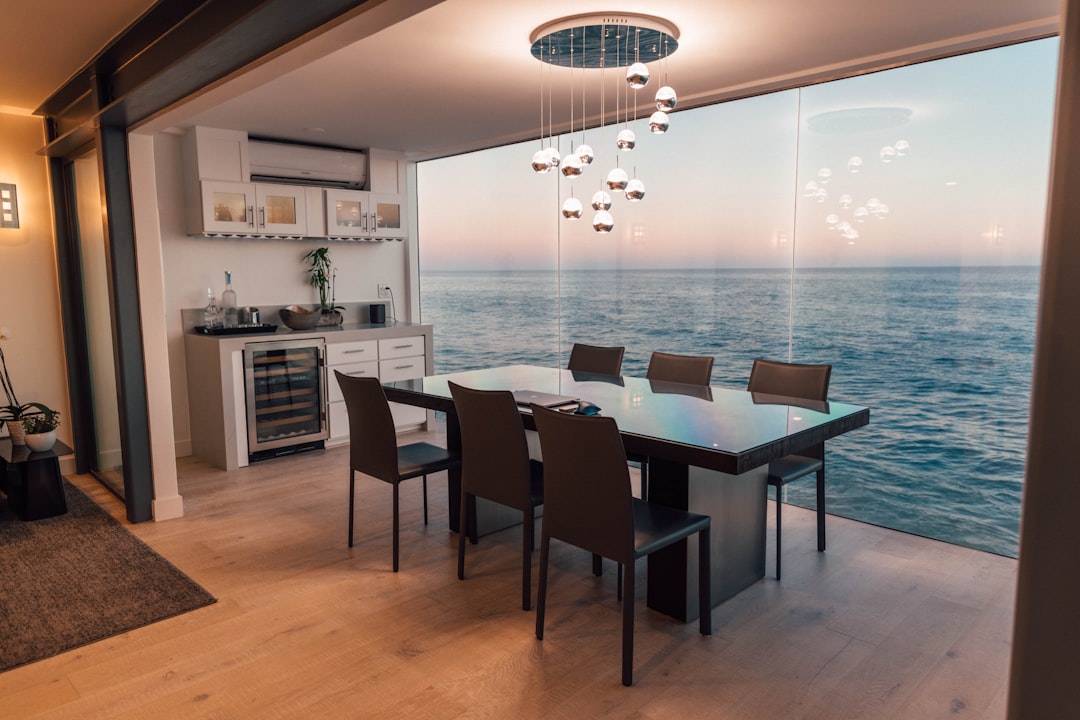Did you know that Scandinavian interior design is loved worldwide for its simple beauty and usefulness?
This design style focuses on connecting with nature. It uses clean lines, natural materials, and neutral colors. Adding light woods, leather, and wool makes homes feel warm and welcoming.
If you want to try this style, Scandinavian interior design has some key tips. Use furniture that’s both beautiful and useful, add cozy textiles, and let in lots of natural light. This makes your space look great and work well.
Key Takeaways
- Emphasize simplicity and functionality
- Use natural materials and neutral colors
- Incorporate cozy textiles and functional furniture
- Maximize natural light
- Apply layered lighting for ambiance
The Essence of Nordic Design Philosophy
Nordic design is all about finding the perfect balance, known as ‘lagom’ in Swedish. It’s not just about looks; it’s a way of life. It values simplicity, function, and comfort.
The Philosophy Behind Scandinavian Minimalism
Scandinavian minimalism is rooted in ‘lagom.’ It aims to create spaces that are just right, not too full or too empty. This design encourages a mindful, intentional lifestyle.
It focuses on function and simplicity. Every item in a room has a purpose. Scandinavian design isn’t about lacking beauty; it’s about clean lines and simplicity.
Historical Roots and Evolution
Scandinavian design comes from Nordic cultures and environments. The harsh climate and limited resources led to practical, sustainable design.
| Period | Influences | Characteristics |
|---|---|---|
| Early 20th Century | Functionalism, Modernism | Simple forms, minimal ornamentation |
| Post-WWII | Democratization of design, industrial production | Accessibility, affordability, emphasis on functionality |
| Late 20th Century to Present | Sustainability, technological advancements | Eco-friendly materials, smart design, continued emphasis on simplicity |
Why This Style Endures in Modern Homes
Scandinavian design remains popular for its timeless appeal and adaptability. It’s not just a trend; it’s a philosophy that fits changing lifestyles.
It values sustainability, function, and simplicity. These qualities attract homeowners seeking a clutter-free, mindful living space. The ‘hygge’ aspect adds coziness, making spaces perfect for relaxation and socializing.
In conclusion, Nordic design philosophy is about ‘lagom’ and simplicity. It offers a refreshing alternative for modern living, focusing on well-being and harmony in our spaces.
Core Principles of Scandinavian Interior Design
Scandinavian interior design is all about simplicity and beauty. It focuses on creating spaces that are both useful and lovely. These ideas make Scandinavian style so popular.
Functionality Above All Else
Functionality is key in Scandinavian design. Every item, from furniture to decor, is picked for its looks and use. This makes Scandinavian homes beautiful and practical.
Practicality is important. For example, furniture that does more than one thing is common. It helps save space and makes things more efficient.
Embracing Natural Light and Elements
Scandinavian countries get less sunlight in some seasons. So, they use lots of windows, light colors, and few curtains to let in more light.
Adding natural elements like wood, stone, and plants also helps. It brings the outdoors in, making spaces calm and peaceful.
The Art of “Hygge” and Coziness
‘Hygge‘ means coziness or warmth in Danish. It’s about making a space feel welcoming and comfy. This is done with soft fabrics, warm lights, and cozy colors.
- Candles and soft lighting
- Plush textiles like wool and linen
- Warm, earthy color tones
Sustainable and Mindful Design Choices
Sustainability is a big deal in Scandinavian design. It’s about picking materials and products that are good for the planet.
Designers often choose eco-friendly materials and support local craftsmanship. This helps reduce their designs’ impact on the environment and supports local communities.
Essential Elements of Scandinavian Interior Design
Scandinavian interior design loves minimalism and natural elements. It’s not just about looks; it makes spaces functional and cozy.
The Nordic Color Palette: Working with Whites and Neutrals
The Scandinavian color palette focuses on whites and neutrals. These colors reflect the region’s long winters. They also make spaces bright and warm in cold months. Whites and soft grays are key, with gentle hues adding depth.
To use this palette well, layering is key. Mixing textures and colors adds interest without losing the minimalist feel.
Natural Materials: Wood, Wool, Leather, and Linen
Natural materials are vital in Scandinavian design. They bring warmth and a natural feel to homes. Wood, like ash and beech, is used for furniture and floors. Wool and linen add coziness, while leather adds sophistication.
These materials look great and last long. They fit the Scandinavian values of function and sustainability.
Texture Layering Techniques
Texture layering is crucial in Scandinavian design. It adds depth and interest to spaces. Combining smooth woods, soft textiles, and rough stone or brick creates a welcoming atmosphere.
- Mixing different materials like wood, metal, and fabric.
- Using textiles like throw blankets, rugs, and pillows to add warmth.
- Incorporating natural elements like plants or a stone vase.
Clean Lines and Thoughtful Minimalism
Clean lines and minimalism define Scandinavian design. It’s not about being bare. It’s about choosing each piece carefully for function and beauty.
Thoughtful minimalism means picking items that enhance the space’s harmony and function.
Selecting Furniture for Your Scandinavian Home
The Scandinavian design philosophy values thoughtful furniture choices. It’s key to pick pieces that are both useful and look good.
Iconic Pieces Worth Investing In
Investing in iconic Scandinavian furniture can make your home stand out. Some must-haves include:
- The Wishbone Chair by Hans Wegner, known for its Y-shaped backrest and elegant simplicity.
- The Egg Chair by Arne Jacobsen, a masterpiece of modern design with its curved, enveloping shape.
- The PH Lamp by Poul Henningsen, celebrated for its innovative lighting technology and minimalist aesthetic.
These pieces are not only beautiful but also show the Scandinavian focus on quality craftsmanship and timeless design.
Space-Saving and Multifunctional Furniture
In Scandinavian design, functionality is key. This is seen in space-saving and multifunctional furniture. Examples include:
- Storage ottomans that double as seating and storage units.
- Nesting tables that can be easily stowed away when not in use.
- Convertible sofas that transform into beds, perfect for small spaces.
Such furniture not only saves space but also helps keep your space clutter-free and minimalist.
Balancing Comfort with Minimalist Design
Many think Scandinavian design is cold or uninviting. But comfort is a big part of it. To balance comfort with minimalist design, consider:
- Incorporating plush textiles such as wool throws and linen pillows.
- Using natural materials like wood and leather, which add warmth to a room.
- Selecting furniture with clean lines but also comfortable upholstery.
By mixing these elements, you can make a cozy and welcoming space that follows Scandinavian design principles.
Mastering Lighting in Nordic Spaces
Lighting is key in Nordic interior design, blending function and beauty. In Scandinavian homes, it’s more than just light. It adds to the room’s feel and warmth.
Maximizing and Managing Natural Light
Nordic design loves natural light, even in short days. Use sheer curtains, mirrors, and light colors to reflect and brighten the space. For tips on using natural light, check out this guide on Scandinavian lighting.
Creating a Layered Lighting Plan
A good lighting plan has different lights for a cozy feel. You need ambient lighting for overall light, task lighting for specific spots, and accent lighting for highlights.
Selecting Statement Lighting Fixtures
Scandinavian design loves unique lighting pieces. These can be the room’s stars, adding personality. Choose pieces that fit the Nordic style but stand out.
Mastering lighting in Nordic spaces makes homes beautiful, functional, and cozy. Use natural light, layering, and statement fixtures to get the Scandinavian look right.
Room-by-Room Scandinavian Design Guide
Scandinavian interior design is more than looks; it’s about making your home cozy and functional. To get a true Scandinavian feel, learn how to apply its principles in each room. This way, you’ll create a welcoming and balanced living space.
Living Room: Creating a Balanced Social Space
The living room is the heart of the home, where everyone comes together. For a balanced space, choose comfortable seating and minimalist decor. Use natural materials like wood and wool to warm it up. A good living room should have easy movement and spots for talking.

| Element | Description | Example |
|---|---|---|
| Seating | Comfortable, minimalist | Sofa with clean lines |
| Decor | Minimal, functional | Vintage coffee table |
| Materials | Natural, organic | Wooden side table |
Bedroom: Designing a Tranquil Sanctuary
The bedroom should be a calm retreat, a place to relax. Use soft lighting and calming colors to achieve this. Add natural textiles like linen for bedding and curtains to make it serene.
Kitchen and Dining: Functional Beauty
In Scandinavian design, kitchens and dining areas are both beautiful and practical. Look for clean lines, minimalist appliances, and a well-organized layout. For dining, choose a simple wooden table and chairs.
Bathroom: Achieving Spa-Like Simplicity
A Scandinavian bathroom feels like a spa, focusing on simplicity and function. Use natural materials like stone or wood for fixtures and decor. Good lighting, both natural and artificial, adds to the relaxing feel.
Following these guidelines for each room will help you create a beautiful and functional Scandinavian home.
Implementing Scandinavian Style on Any Budget
It’s possible to make your home look Scandinavian without spending a lot. By choosing wisely, you can create a cozy and stylish space.
High-End Investment Pieces Worth the Splurge
Some pieces are worth the extra cost for a Scandinavian look. Think about solid wood furniture like a coffee table or dining table. Also, luxury textiles such as wool blankets or linen curtains are great investments.
A well-made wooden chair can be the star of your living room.
Mid-Range Alternatives from Accessible Retailers
Not everyone can buy the most expensive furniture. But, there are more affordable options. IKEA, for example, offers stylish furniture at lower prices. Keep an eye out for sales or use coupons to save even more.
Budget-Friendly DIY Scandinavian Projects
DIY projects are a great way to add Scandinavian flair without spending much. You can make your own hygge-inspired decor. Try making candle holders from natural materials or simple wall art with prints or paintings.
Where to Shop for Scandinavian Pieces in the US
Looking for Scandinavian items in the US? You have several places to check. West Elm, Crate & Barrel, and online stores like AllModern have a variety of Scandinavian-inspired items.
| Category | High-End | Mid-Range | Budget-Friendly |
|---|---|---|---|
| Furniture Material | Solid wood, luxury metals | Engineered wood, metal | Reclaimed wood, DIY |
| Textiles | Luxury wool, linen | Cotton, blends | Simple cotton, DIY |
| Price Range | $1000+ | $100-$1000 | $10-$100 |
| Examples | Eames Lounge Chair | IKEA POÄNG Chair | DIY Wooden Candle Holder |
With these tips, you can create a beautiful Scandinavian home that’s cozy and stylish, no matter your budget.
Common Mistakes to Avoid When Creating a Scandinavian Space
Scandinavian interior design is all about simplicity and coziness. But, it can be hard to get it right without knowing what to avoid. It’s important to understand the unique aspects of this style.
One big challenge is making a space feel cozy, not cold. Cozy is key in Scandinavian design, known as “hygge” in Danish or “mys” in Norwegian. It’s about creating a warm, inviting atmosphere that makes you feel at ease.
Creating a Cold Rather Than Cozy Environment
It’s easy to make a space feel too minimalist and cold. To avoid this, add warmth with soft textiles, warm lighting, and natural materials.
For example, a plush area rug, woolen throws, or wooden furniture can make a room cozier. Let’s look at some specific examples:
| Element | Description | Benefit |
|---|---|---|
| Soft Textiles | Woolen throws, plush rugs | Adds warmth and coziness |
| Warm Lighting | Table lamps, floor lamps | Creates a welcoming ambiance |
| Natural Materials | Wooden furniture, linen curtains | Brings in organic warmth |
Overlooking Textural Elements
Texture is crucial in Scandinavian design, adding depth and interest. Missing out on textures can make a space feel flat and uninviting.
To avoid this, mix different textures like wood, wool, leather, and linen. For example, a wooden coffee table with a woolen rug and linen upholstery creates a rich look.

Misinterpreting Minimalism as Stark or Empty
Minimalism is key in Scandinavian design, but it doesn’t mean a space should be stark or empty. It’s about curating your belongings for a clean, uncluttered space that feels personal and inviting.
To achieve this, choose a few, high-quality pieces that are both functional and beautiful. For instance, a well-made wooden chair can be both a statement piece and a useful item.
Forgetting Personal Touches and Character
While Scandinavian design values minimalism, it also emphasizes personal touches. Forgetting these can make a space feel impersonal.
To add character, include personal items like artwork, family photos, or heirlooms. These elements can warm up your space and make it truly yours.
By avoiding these common mistakes, you can create a Scandinavian-inspired space that’s both minimalist and cozy. It’s all about finding the right balance and being thoughtful in your design choices.
Conclusion: Bringing Scandinavian Harmony Into Your Home
Scandinavian interior design is more than a style. It’s a way to make a cozy home that looks good and works well. By following Scandinavian style, we can make a living space that feels right.
Scandinavian design mixes minimalism with warmth. This creates a unique and welcoming space. We talked about using natural materials, lots of light, and textures to make our homes Scandinavian.
To make your home Scandinavian, start with the basics. Use a neutral color scheme, choose furniture that does more than one thing, and add textures. This will make your home cozy, beautiful, and eco-friendly.
Scandinavian design makes homes feel calm and inviting. It’s great for relaxing and spending time with family. So, let’s dive into Scandinavian style and make our homes peaceful and lovely.



